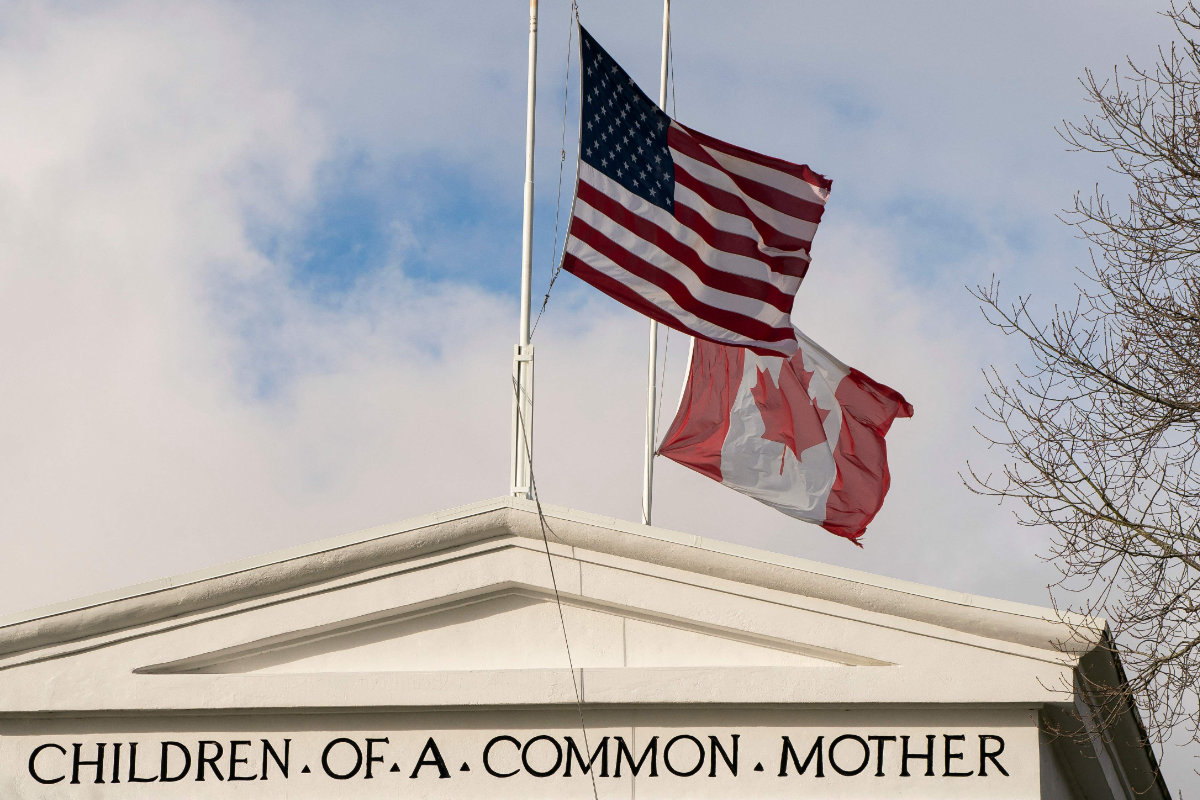The Trump administration has put a freeze on many federal health agency communications with the public through at least the end of the month.
In a memo obtained by The Associated Press, acting Secretary of the US Department of Health and Human Services Dorothy Fink told agency staff leaders Tuesday that an “immediate pause” had been ordered on — among other things — regulations, guidance, announcements, press releases, social media posts and website posts until such communications had been approved by a political appointee.
The pause also applies to anything intended to be published in the Federal Register, where the executive branch communicates rules and regulations, and the Morbidity and Mortality Weekly Report, a Centers for Disease Control and Prevention scientific publication.
The pause is in effect through Feb. 1, the memo said. Agencies subject to the HHS directive include the CDC, the National Institutes of Health and the Food and Drug Administration — entities that fight epidemics, protect the nation’s food supply and search for cures to diseases.
HHS officials did not respond to requests for comment on the pause, which was first reported by The Washington Post. Four federal health officials speaking on condition of anonymity because they weren’t authorized to discuss the issue confirmed the communication pause to the AP.
A former HHS official said Wednesday that it’s not unusual for incoming administrations to pause agency communications for review. But typically, officials working on the president’s transition team have the process for issuing documents running smoothly by inauguration day.
“The executive branch is a hierarchy,” said Steven Grossman, who now consults for food and drug companies, in an email. “Whether stated publicly or not, every new administration wants important commitments and positions to wait until new teams are in place and some semblance of hierarchy restored.”
A pause is reasonable as a changing executive branch takes steps to become coordinated, said Dr. Ali Khan, a former CDC outbreak investigator who is now dean of the University of Nebraska’s public health college.
“The only concern would be is if this is a prelude to going back to a prior approach of silencing the agencies around a political narrative,” he added.
During his first term, President Donald Trump’s political appointees tried to gain control over the CDC’s MMWR journal, which had published information about the COVID-19 pandemic that conflicted with messaging from the White House.
Fink wrote in her memo that some exceptions would be made for communications affecting “critical health, safety, environmental, financial or nation security functions,” but that those would be subject to review. The FDA on Tuesday and Wednesday posted notices about warning letters sent to companies and a drug safety notice.
A consumer advocacy group said the communications pause could still threaten public safety.
Americans depend on timely information from the CDC, the FDA and other agencies to avoid foodborne illnesses and stay aware of other health issues, said Dr. Peter Lurie, president of the Center for Science in the Public Interest.
“When it comes to stopping outbreaks, every second counts,” Lurie said in a statement. “Confusion around the vaguely worded gag order is likely to lead to unnecessary delay in publishing urgent public alerts during active outbreaks.”
He was echoed by Dr. Jeffrey Klausner, a University of Southern California public health expert.
“Local health officials and doctors depend on the CDC to get disease updates, timely prevention, testing and treatment guidelines and information about outbreaks,” Klausner wrote in an email. “Shutting down public health communication stops a basic function of public health. Imagine if the government turned off fire sirens or other warning systems.”
Trump administration freezes many health agency reports and online posts
https://arab.news/r2z46
Trump administration freezes many health agency reports and online posts

- Shutting down public health communication stops a basic function of public health




























